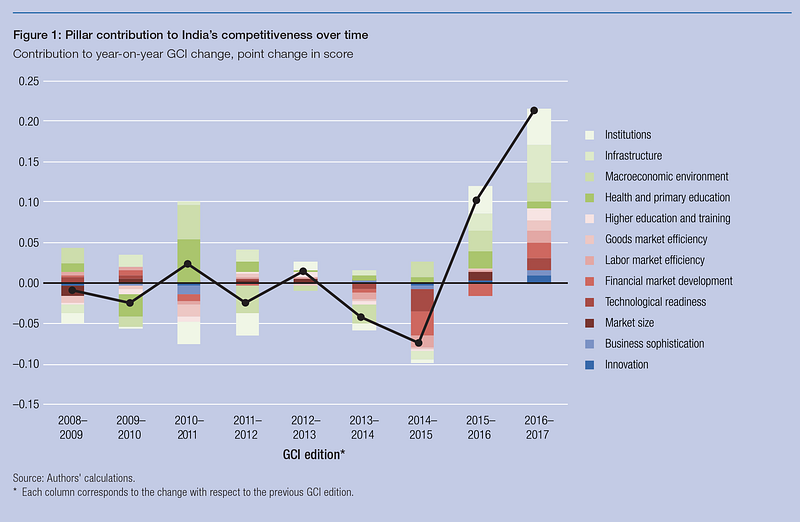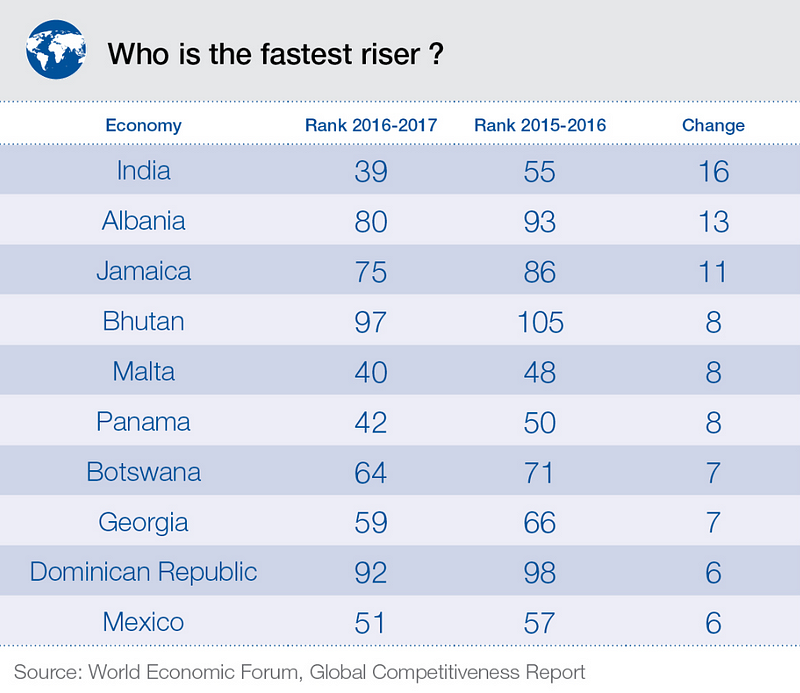CEBRI 194/2016
Rio de Janeiro, 30 de setembro de 2016
Ref.: Carta-Convite | XIII Forte de Copacabana International Security Conference
Day 1 - Closed Door Workshop
Prezados Senhores,
O Centro Brasileiro de Relações Internacionais (CEBRI), em parceira com a Fudação Konrad Adenauer (KAS) e a Delegação da União Europeia (U.E.) no Brasil, tem o prazer de lhe convidar a participar no workshop restrito que compõe o primeiro dia da XIII Conferência do Forte de Copacabana. O objetivo desta reunião é arrematar as discussões temáticas iniciadas nas reuniões preparatrórias, fazer apontamentos relevantes para o evento aberto ao público do dia seguinte e discutir e indicar os temas e abordagens prioritários para a próxima edição da Conferência, a ser realizada em 2017. O workshop será precedido por um almoço entre os convidados. Sua expertise nos temas em discussão será fundamental para o sucesso desta atividade preparatória.
A programação das atividades se dará conforme abaixo.
13 de outubro de 2016 | quinta-feira
Ø 14h00 às 18h00 – Workshop restrito | Dia 1 – XIII Conferência de Segurança Internacional do Forte de Copacabana
Local: Escola Superior de Guerra (ESG) - Av. João Luís Alves, s/n - Urca, Rio de Janeiro - RJ
Agenda resumida:
§ 14h00: Credenciamento
§ 14h10: Boas-vindas
§ 14h30: Painel I – “Might and Right in World Politics”
§ 16h30: Painel II – “Perspectives of World Politics of Security”
Ø 19h00 – Jantar entre os convidados para o workshop restrito
Local: a confirmar
Desde já, nossa equipe está à disposição para quaisquer esclarecimentos e informações adicionais que se façam necessários. Os contatos poderão ser feitos com o Coordenador de Estudos e Debates, Leonardo Paz, através do telefone (21) 2206-4417 ou e-mail lpaz@cebri.org.br, ou com a Supervisora de Comunicação e Eventos, Bárbara Brant, através do telefone (21) 2206-4411 ou e-mail barbara@cebri.org.br.
Cordiais saudações,
Julia Dias Leite



